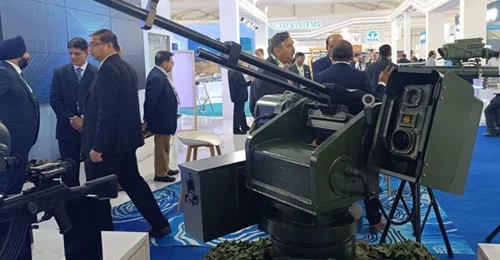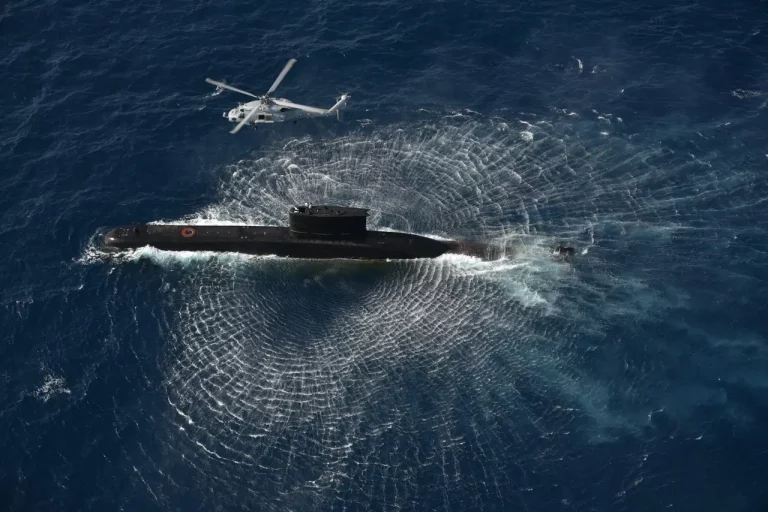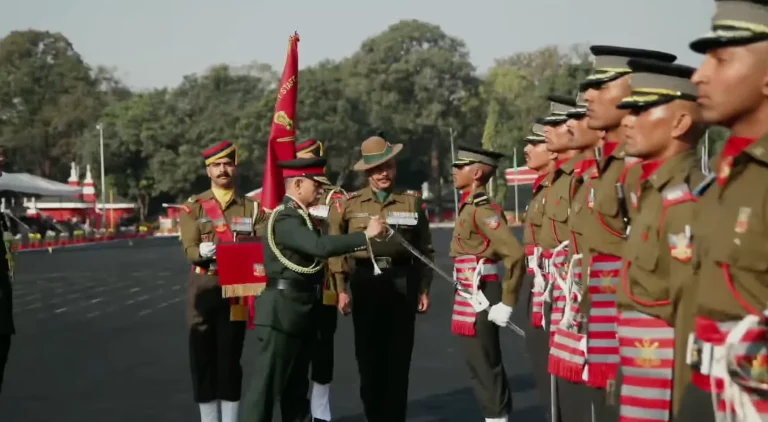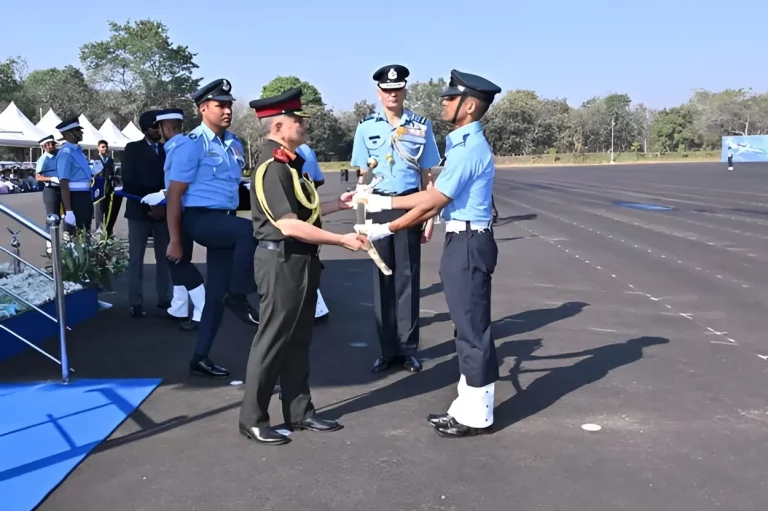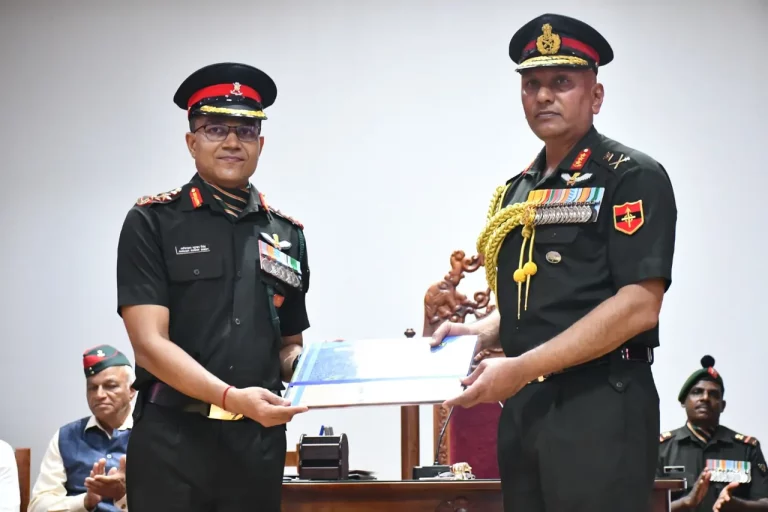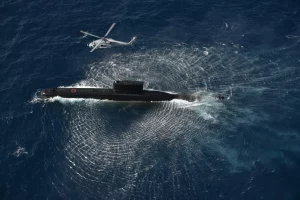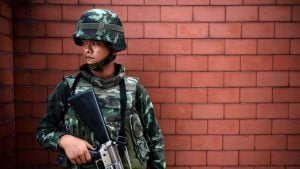The Indian Army has officially integrated Remote Controlled Weapon Stations (RCWS) developed by Tata Advanced Systems Limited (TASL) into its operational framework, marking a significant advancement in the Army’s combat capabilities and the safety of its vehicle crews.
The newly inducted RCWS is equipped with the Russian-origin NSV 12.7 mm heavy machine gun, significantly bolstering the lethality of Indian armored units. This weapon system is known for its air-cooled, gas-operated mechanism, firing at a remarkable rate of 700 to 800 rounds per minute. One of its standout features is the advanced optics setup, which includes day and thermal cameras, along with a laser rangefinder. These sophisticated components allow for precise targeting regardless of varying weather and light conditions.
The RCWS boasts a versatile elevation range from -10° to 78° and can effectively engage targets situated as far as 4 kilometers away. A crucial aspect of this system is its remote operation; soldiers can control it from inside their vehicles using a joystick and console. This design significantly minimizes exposure to danger in high-threat settings. In addition, the two-axis stabilization mechanism enhances targeting precision, even during movement.
In late 2024, TASL delivered approximately 100 units of these systems, which are now being fitted onto T-72 main battle tanks and Infantry Protected Mobility Vehicles (IPMVs), particularly for operations in challenging high-altitude terrains. For lighter vehicles and unmanned ground platforms, a compact variant fitted with a 7.62 mm medium machine gun is also available, achieving an effective range of up to 2 kilometers.
This induction of the RCWS is a crucial element of the Indian Army’s broader modernization efforts, particularly focused on its northern frontiers. It is illustrative of the Army’s increasing dependence on homegrown technology and the increasing capabilities of India’s private defense sector.
By allowing crews to confront threats from within armored safety, the RCWS significantly boosts both the survivability and effectiveness of troops on the battlefield. This development is firmly aligned with India’s objectives of enhancing self-reliance and building a future-ready defense infrastructure.
